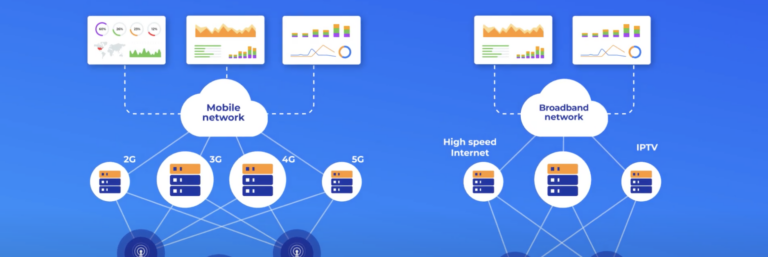Blog Post
5 min read
3 Ways Malcolm Gladwell’s 'Outliers' Anticipated the Value of Real-Time Anomaly Detection
At Anodot, we’ve also made it our mission to spot outliers, albeit of the data variety. How then might some of Gladwell’s insights apply to the field of anomaly detection?
Read more






